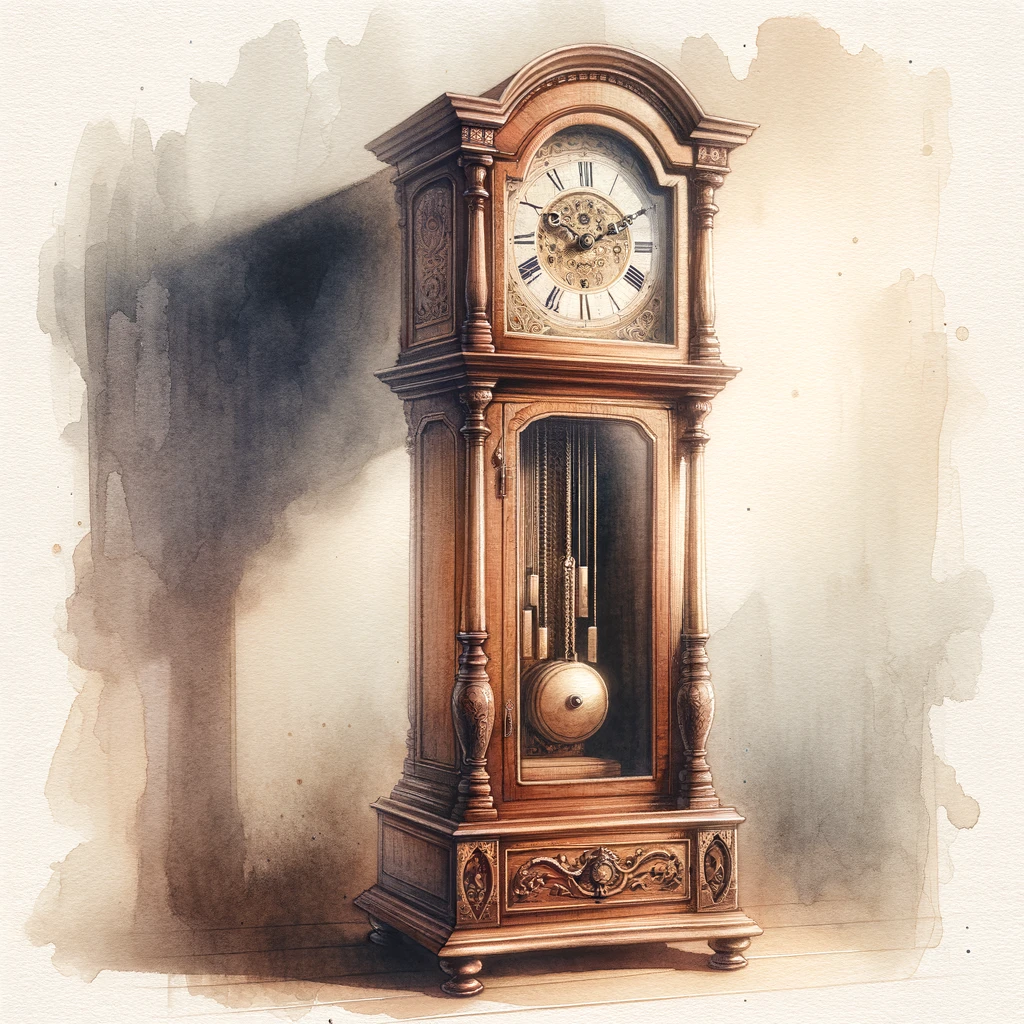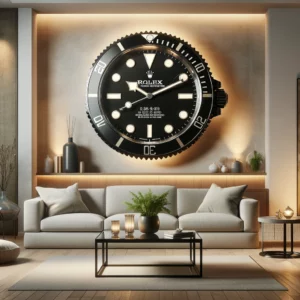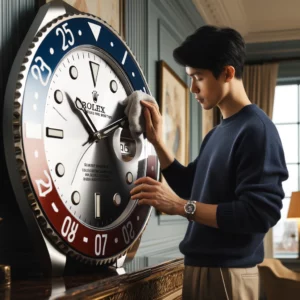The history of clocks reflects mankind’s efforts to strive for accuracy and precision without wasting resources or daylight. Clocks have a development history that spans thousands of years. The clocks we have today in our homes, offices, on our wrists, and even on our hand-held mobile phones are the result of advancements in technology. Changes in needs and demands have been met expertly by exceptional advancements in mechanical and electrical engineering.
Over the years, many new clock designs have been introduced in the market to meet the demands of consumers. These clocks come in various designs to suit preferences, styles, and decor settings. Let’s look at the most commonly used designs in clocks that have been helping us keep time throughout history.
Grandfather Clock
The grandfather clock is a timeless and elegant piece that’s more than just a timekeeper; it symbolizes tradition and craftsmanship. The traditional grandfather clocks feature a majestic clock with a wooden case attached below that stands tall with a rich, polished exterior, exuding warmth and history. There is something quite charming about the graceful swings of the grandfather clock’s pendulum, marking each second with a steady and hypnotic motion. Modern and contemporary grandfather clocks often have metal casings, exposed pendulums, and glass front doors to protect the mechanical bearings. The pendulum is installed inside the case that makes the body and is usually the component that affects the height of the overall clock the most. All styles of grandfather clocks are generally six to eight feet tall and have either a thirty-hour or eight-day movement. The rhythmic ticking, indicating the utilization of the manual winding required for a traditional grandfather clock, is as charming and iconic as the style itself. The faces of all these clocks are adorned with intricate hands and Roman numerals, telling the story of countless moments ticking away.
Wall Clocks
Designed with the sole purpose of being securely mounted on vertical surfaces, wall clocks are versatile home pieces that offer both utility and aesthetic appeal. Speaking of which you should check out or high quality Rolex GMT Master II Wall Clock. Modern wall clocks come in an impressive range of distinct shapes, styles, materials, and sizes to cater to different needs and preferences. From a classic clock with elaborate details and even pendulums like traditional grandfather clocks to modern, easy-to-maintain quartz movement clocks, wall clock designs can match every décor and space.
Cuckoo Wall Clock
The Cuckoo Clock is one of the most beloved types of wall clocks. Featuring a cute mechanical bird that pops out of a small door and “cuckoos” to indicate the hour. These clocks are typically made of wood and feature intricate carvings and designs. The contemporary designs in this classic 18th-century clock style are becoming more intricate and whimsical. The classic cuckoo bird, which was usually accompanied by a set of bellows that produced the characteristic “cuckoo” sound, can now be replaced with interesting customized sounds.
Mantel Clock
Mantel clocks are usually the most frequently used and prominently displayed clocks in many households. Usually placed over the main fireplace, its mantel, or an easy-to-access shelf in the most commonly used space in the home, mantel clocks are usually focal points of rooms with elaborate decorative designs.
The innovation of the spring mechanism led to many impressive inventions, including the mantel clock. The use of a spring mechanism facilitated the creation of smaller timepieces compared to grandfather clocks and wall clocks. These clocks are powered by a coiled spring rather than the traditional descending weights, resulting in a more compact and efficient design that is easy to place in more cramped places like bookshelves and even decorative glass cupboards. In contrast to mantel clocks, which have their movements attached to their seat-boards, wall clocks have movement mechanisms secured to their back-boards.
Analog Clock
Analog clocks, the most commonly used timekeeping instrument with a longstanding history, are easily distinguished by their instantly recognizable, infamous clock face. The time is indicated by different-sized hands, designated for hours, minutes, and, in some cases, seconds, that move along the marked circular clock face or dial. This dial is marked with numbers in either English or Roman numerals ranging from one to twelve, offering a familiar and universally recognized means of timekeeping. In many countries, the clock dials also have numerals in their native language, giving the clocks even more character.
Analog clocks utilize either mechanical or quartz-based mechanisms for their functioning. Mechanical analog clocks depend on a sophisticated arrangement of gears, springs, and escapements to regulate the motion of the hands. In contrast to mechanical clocks, quartz analog clocks utilize a quartz crystal oscillator as their timekeeping component. This oscillator offers accurate timekeeping by converting the vibrations of the crystal into electrical signals, resulting in superior precision.
Digital Clocks
Although they serve the same purpose, digital clocks, and analog clocks show time very differently. Digital clocks use numbers or symbols to tell us the time, using LED or LCD screens as the display medium. These clocks have a little screen that lights up with the numbers denoting the hours, minutes, and seconds without using hands. Digital clocks are used more commonly everywhere nowadays, especially in schools, because they are easier for kids to understand. They do not have confusing little hands like analog clocks, so they are great for learning how to tell time.
The term “digital clocks” is frequently used for objects with electronic drives. However, it is important to understand that the term “digital” is just for the display component and not the drive mechanism itself. Digital clocks can be powered using mechanical or electronic sources, depending on the clock’s design or functionality, offering versatility in their operation. Modern digital clocks often incorporate many features, such as multiple alarm settings, current date displays, and helpful backlighting for easy viewing in the dark. These features enhance their functionality and provide a far better user experience.
Each clock design is an immersive tale of the history of timekeeping endeavors and innovations in technology. Each of these clock designs, despite being on the market for over a century, has a unique audience and a special place in your home, office, studio, or personal space.




